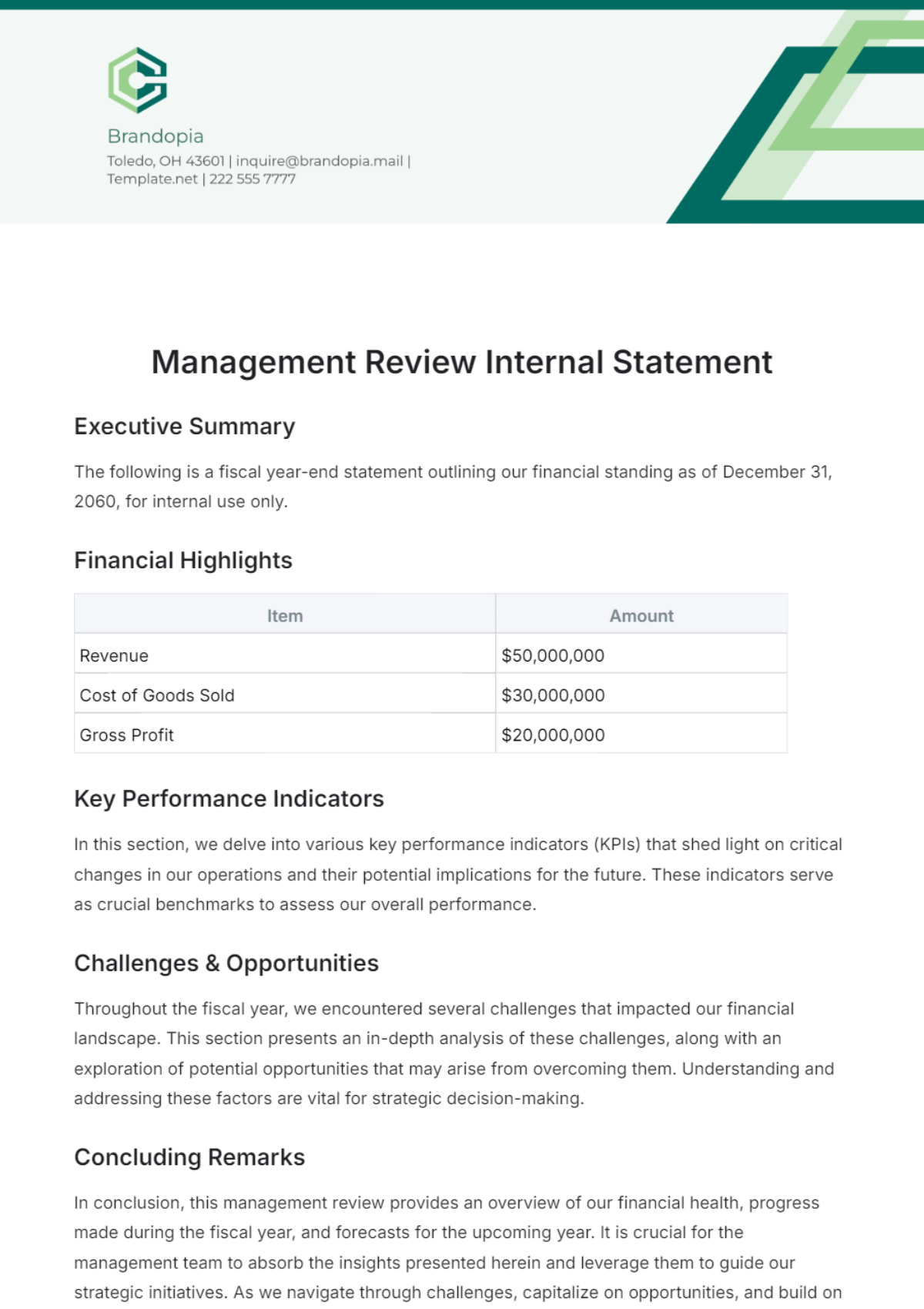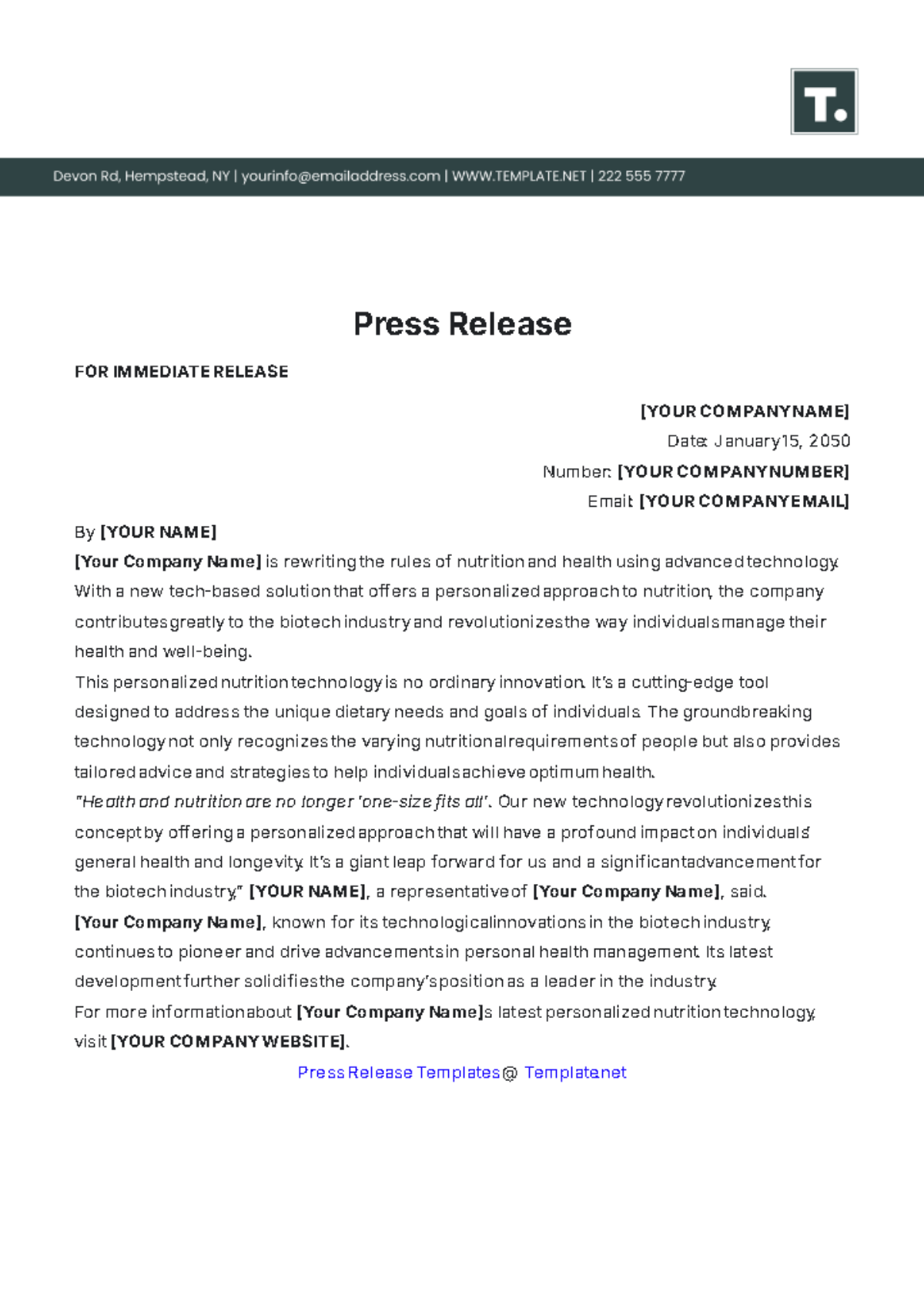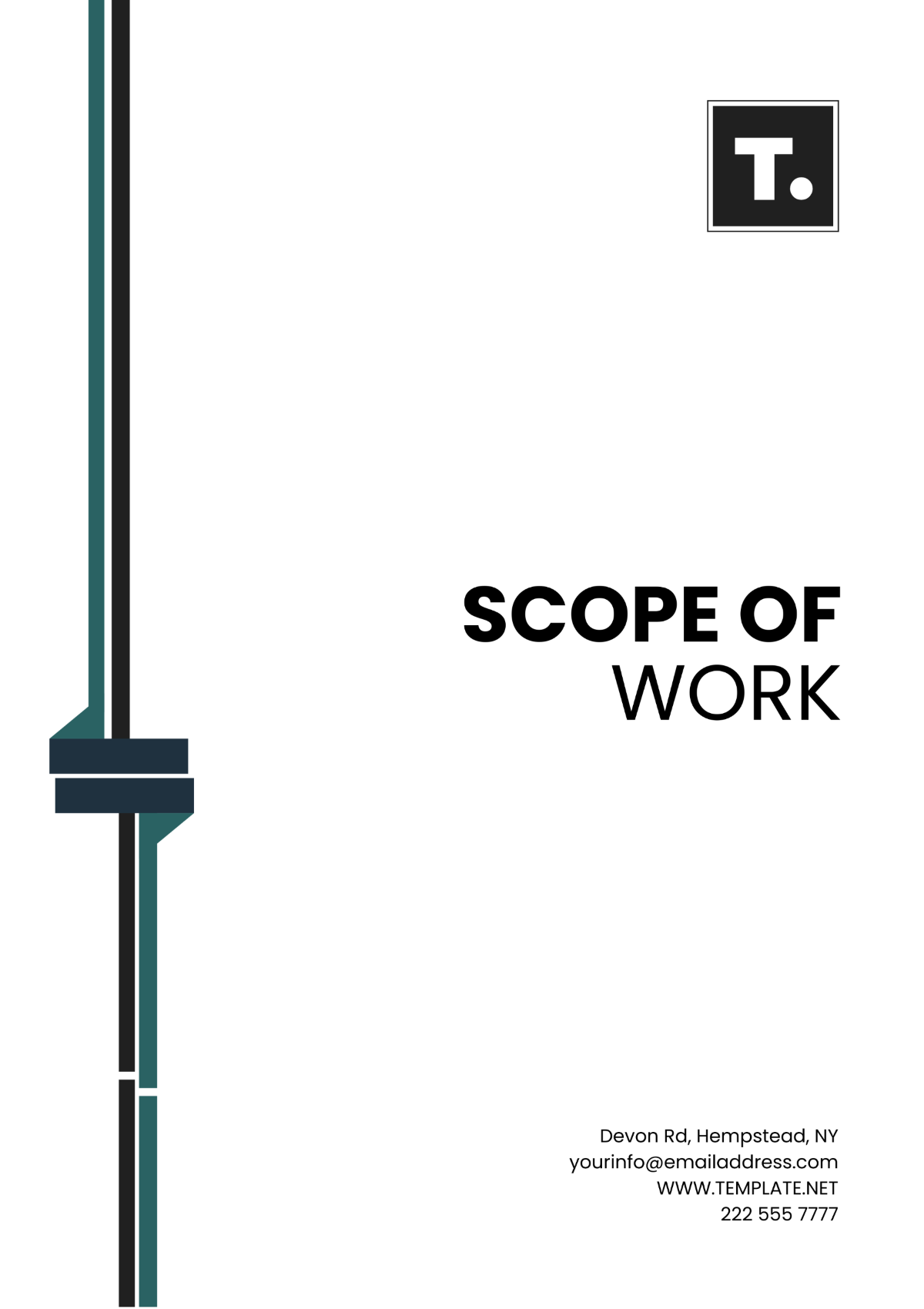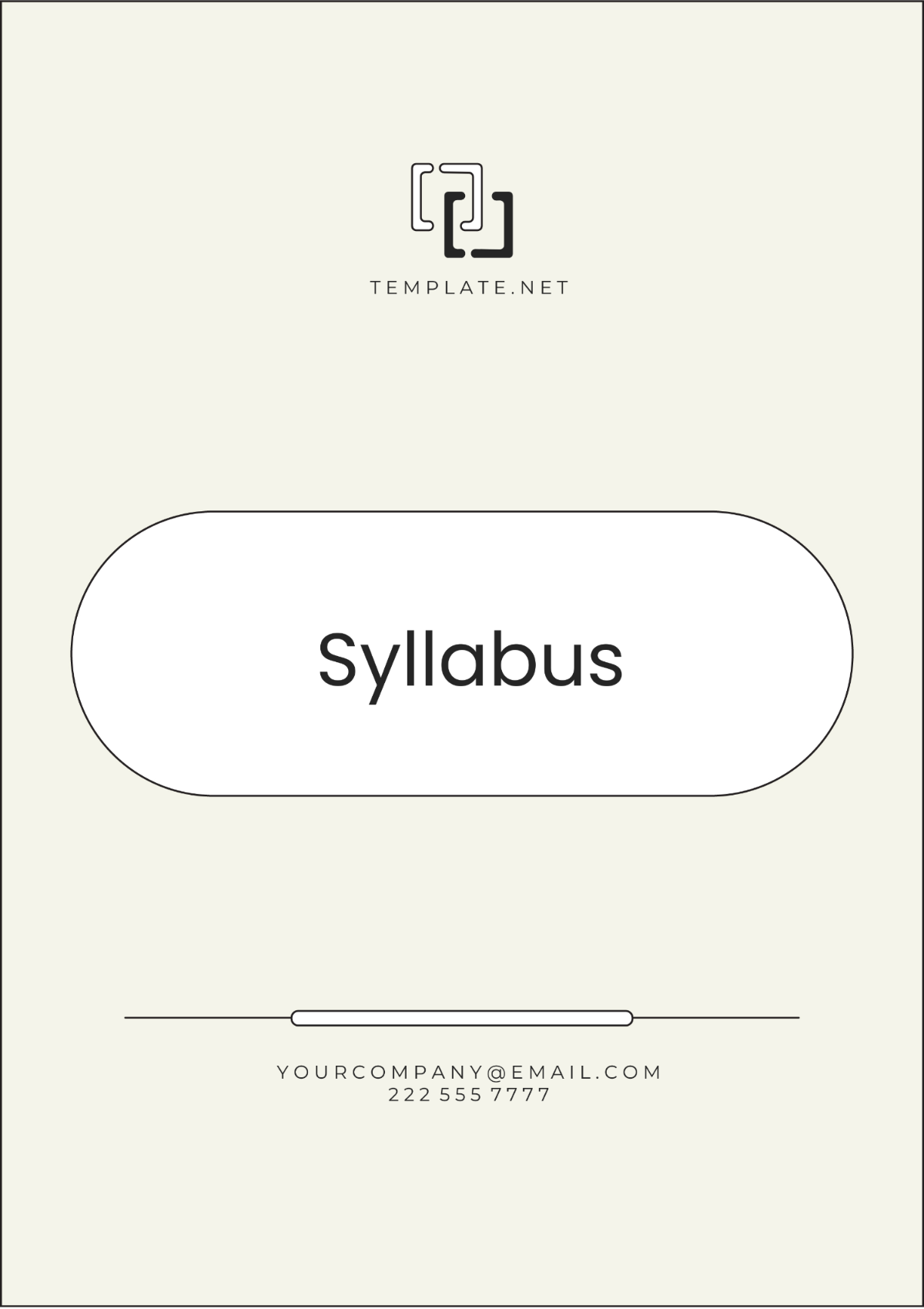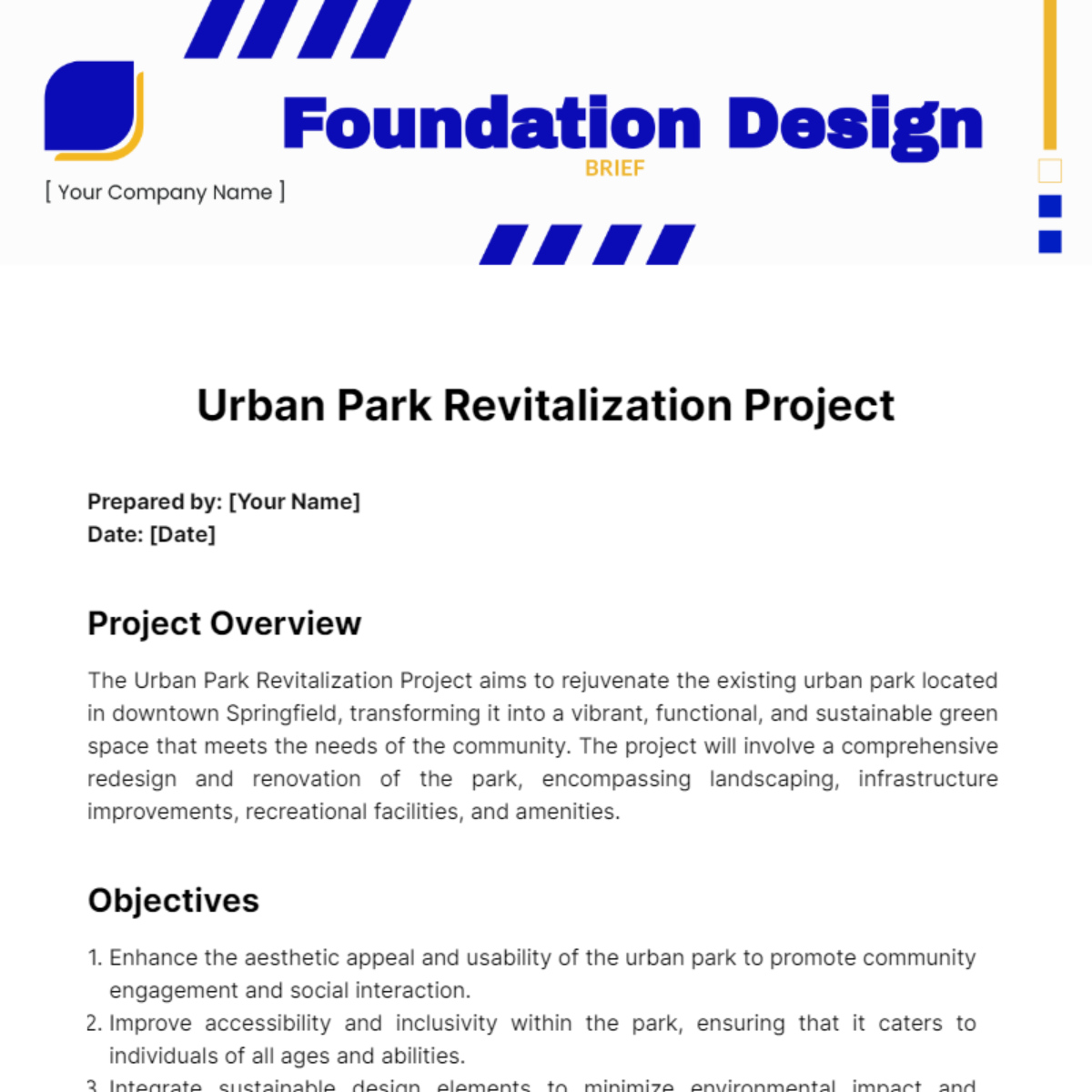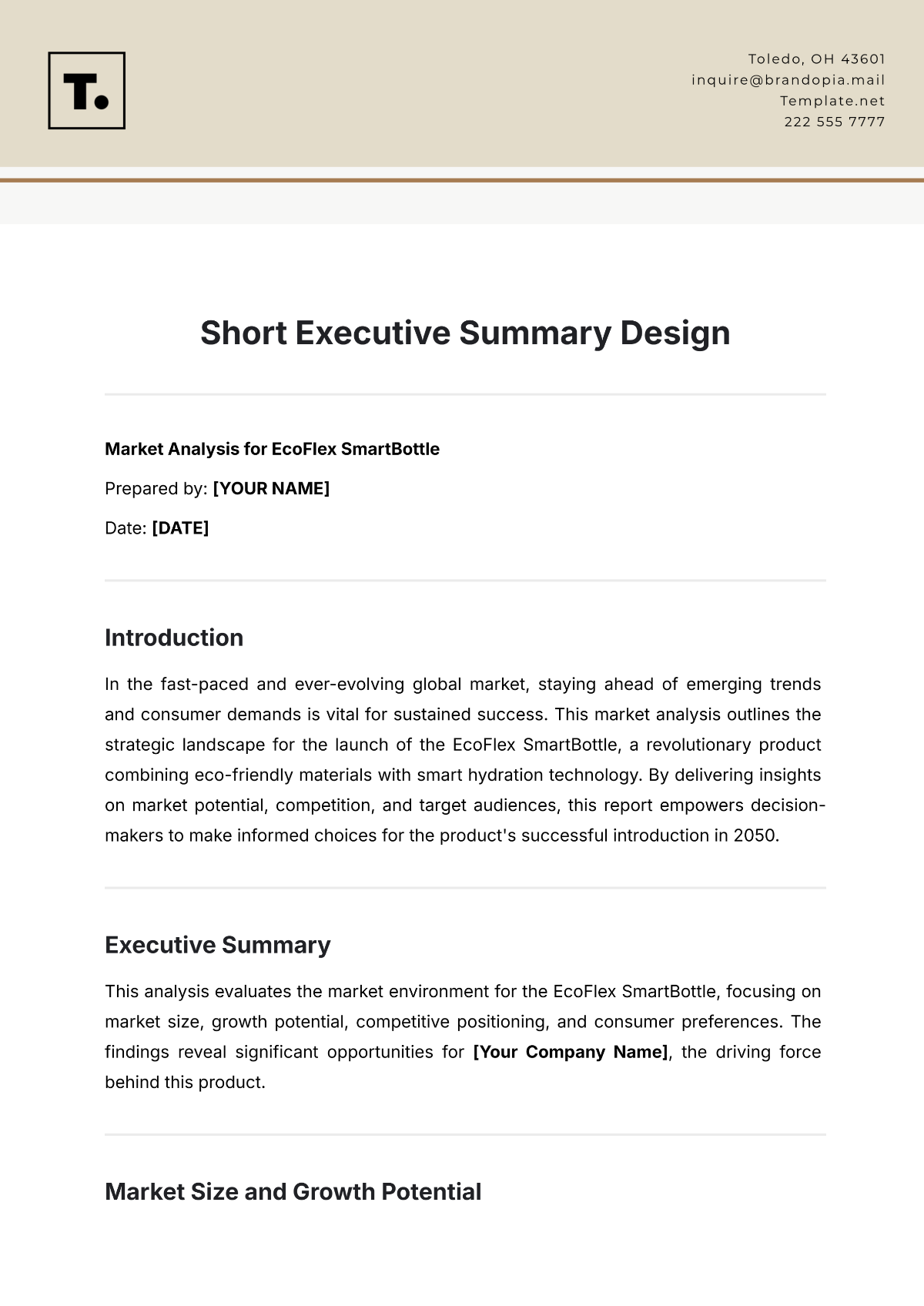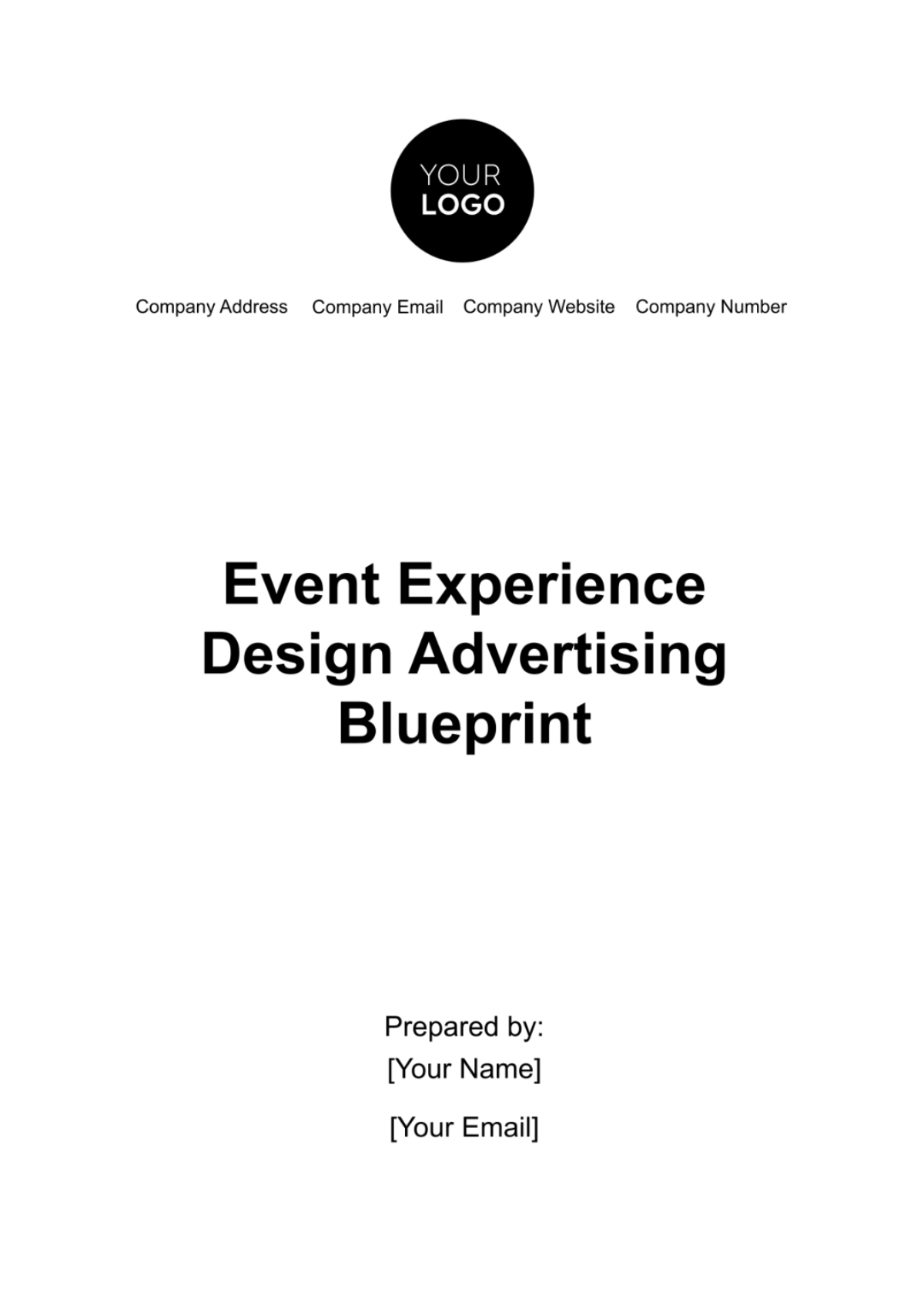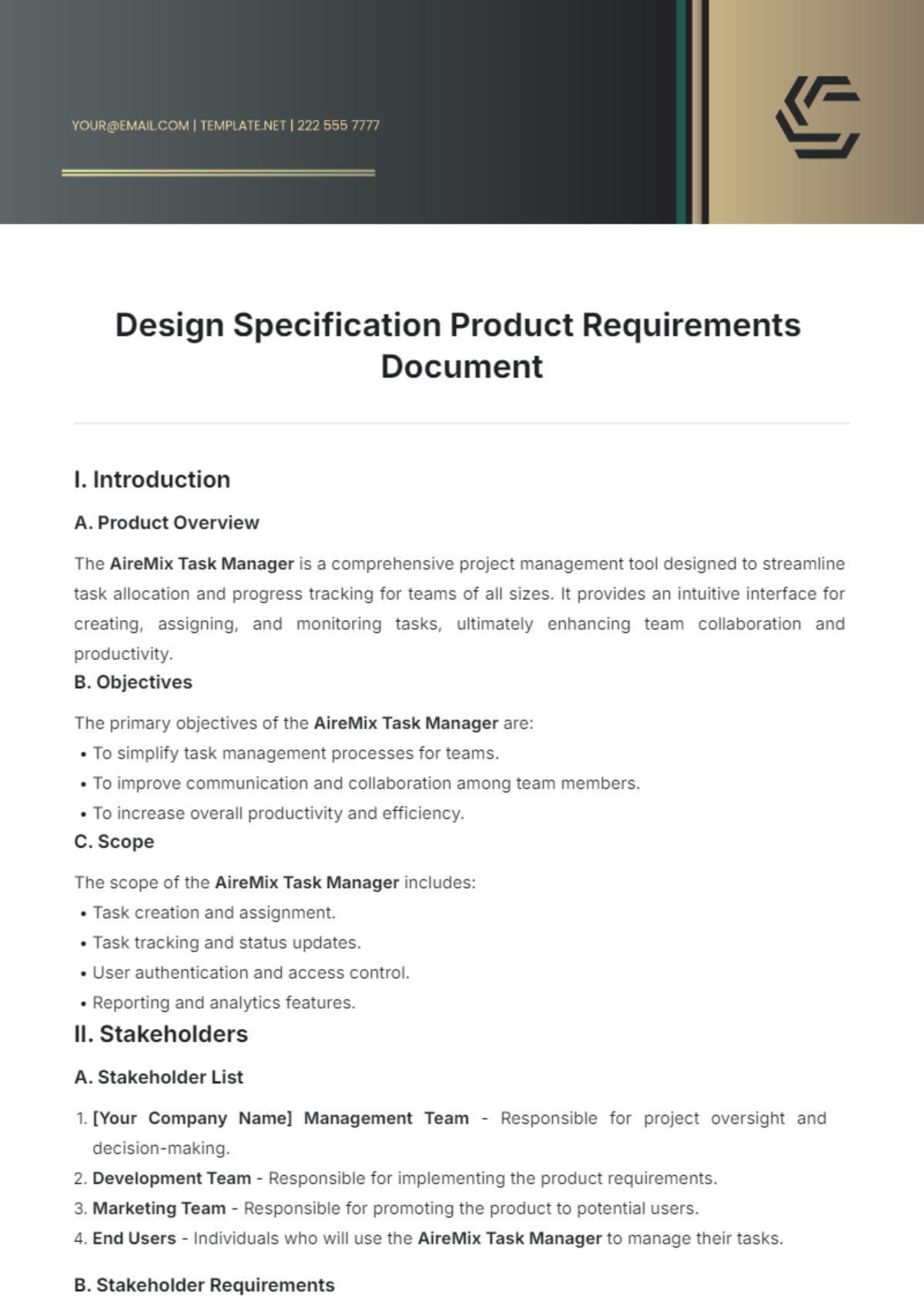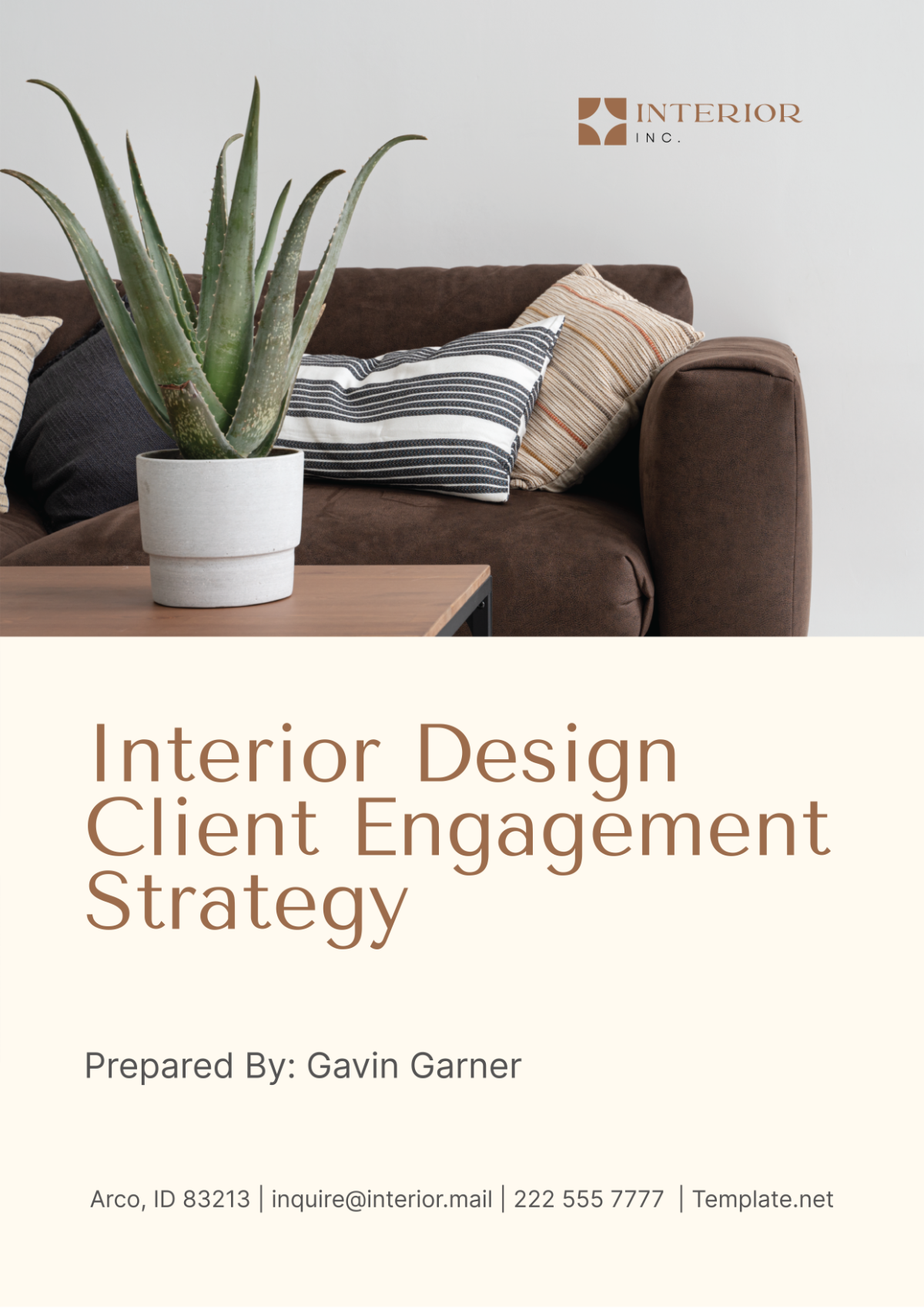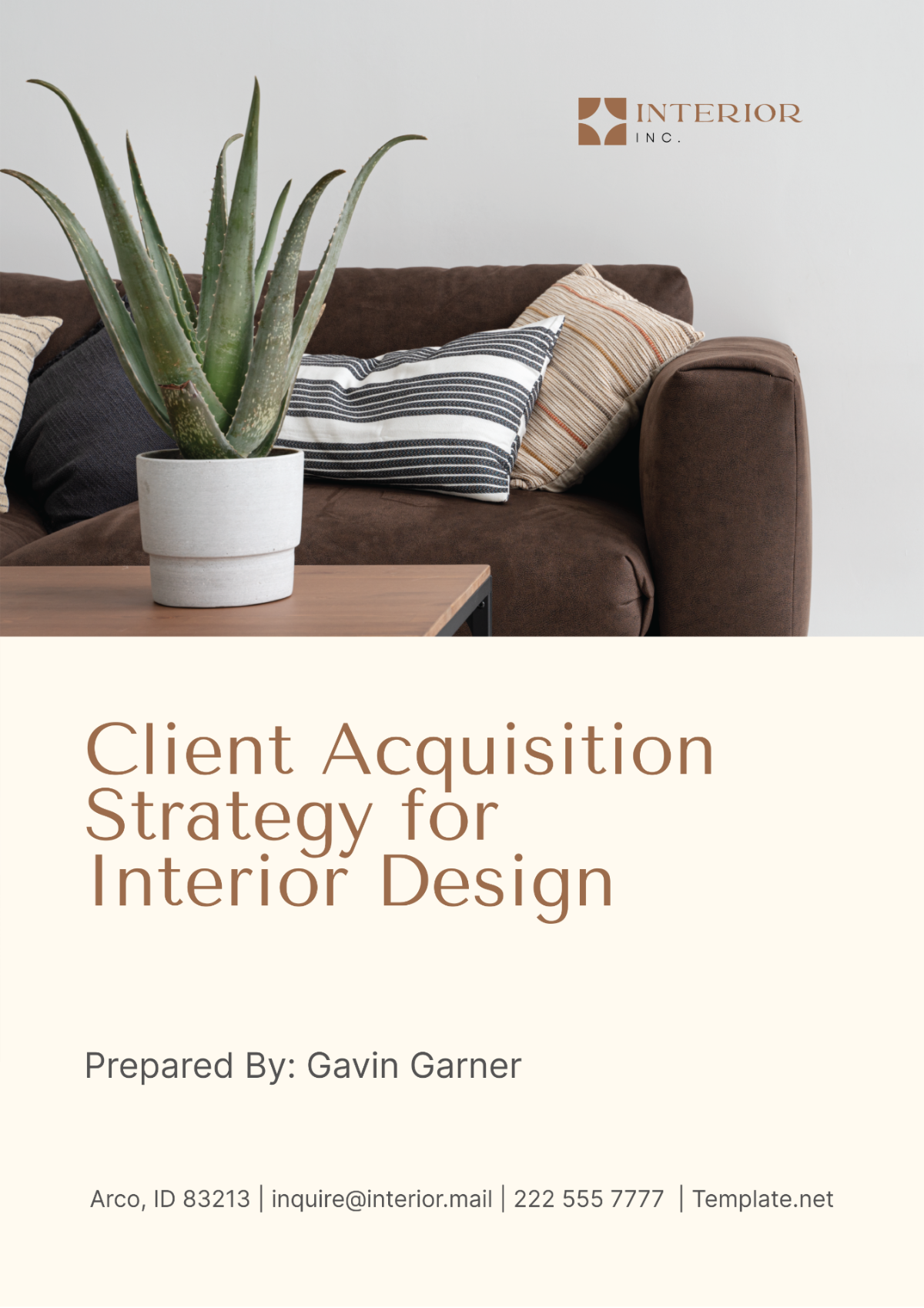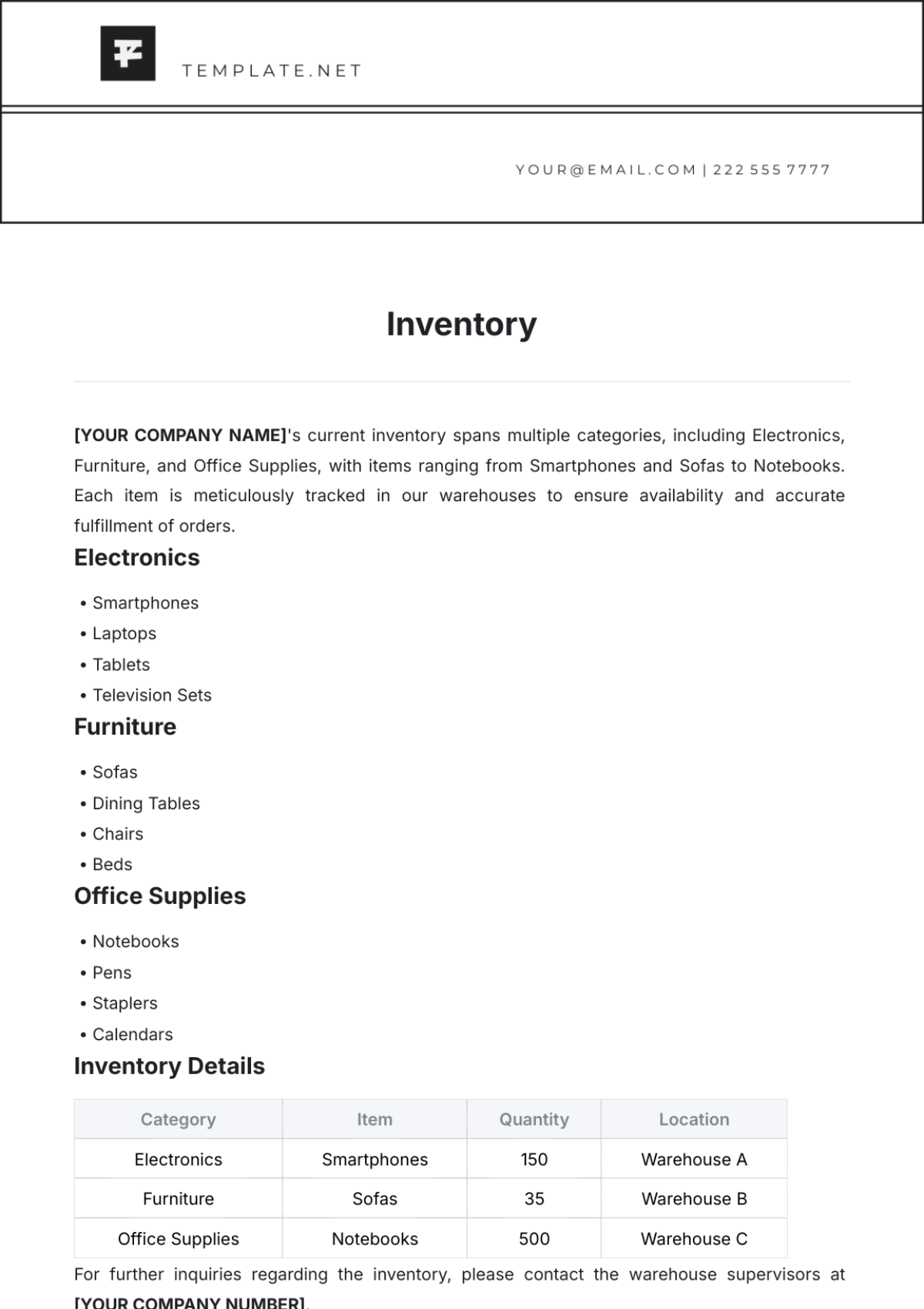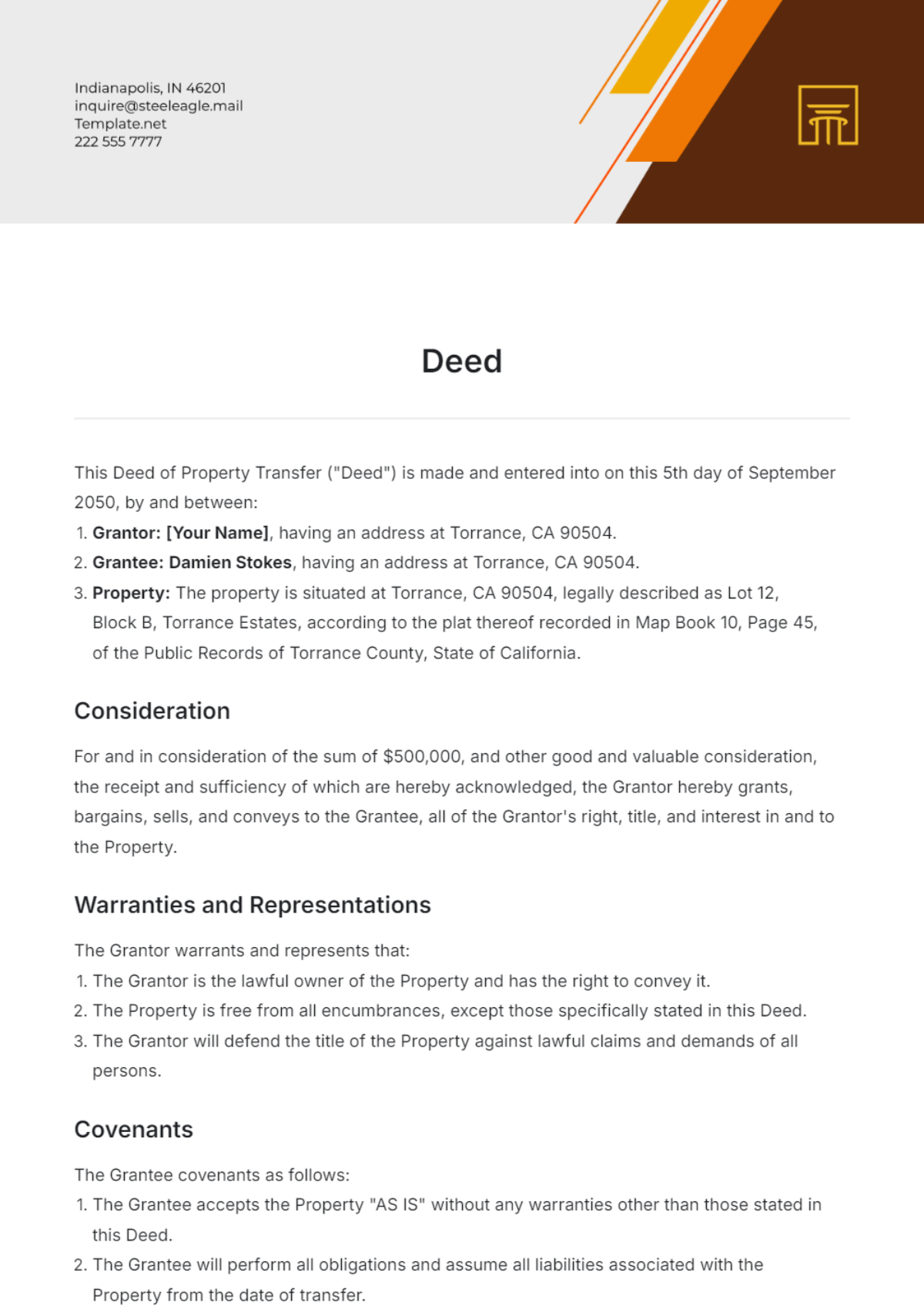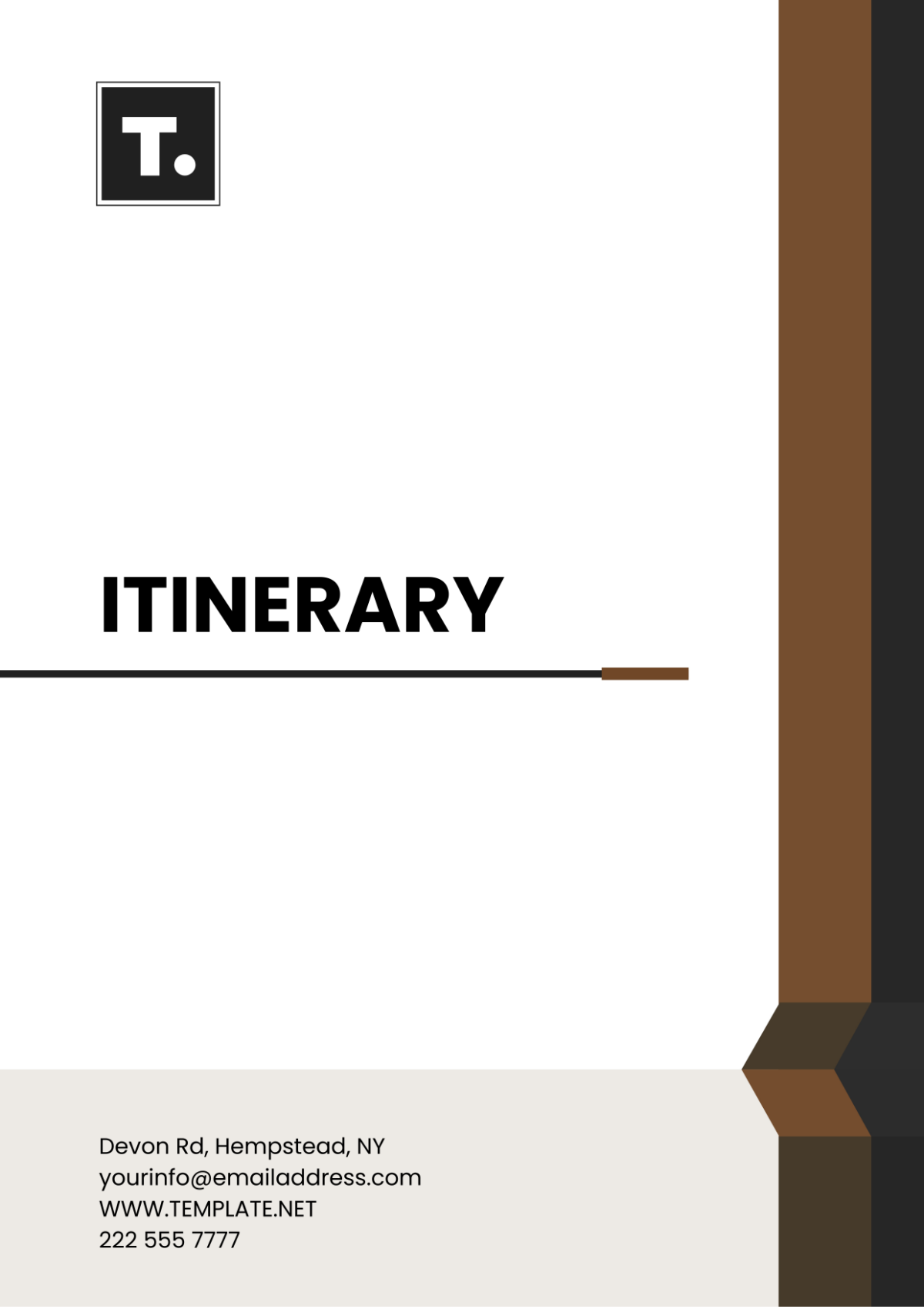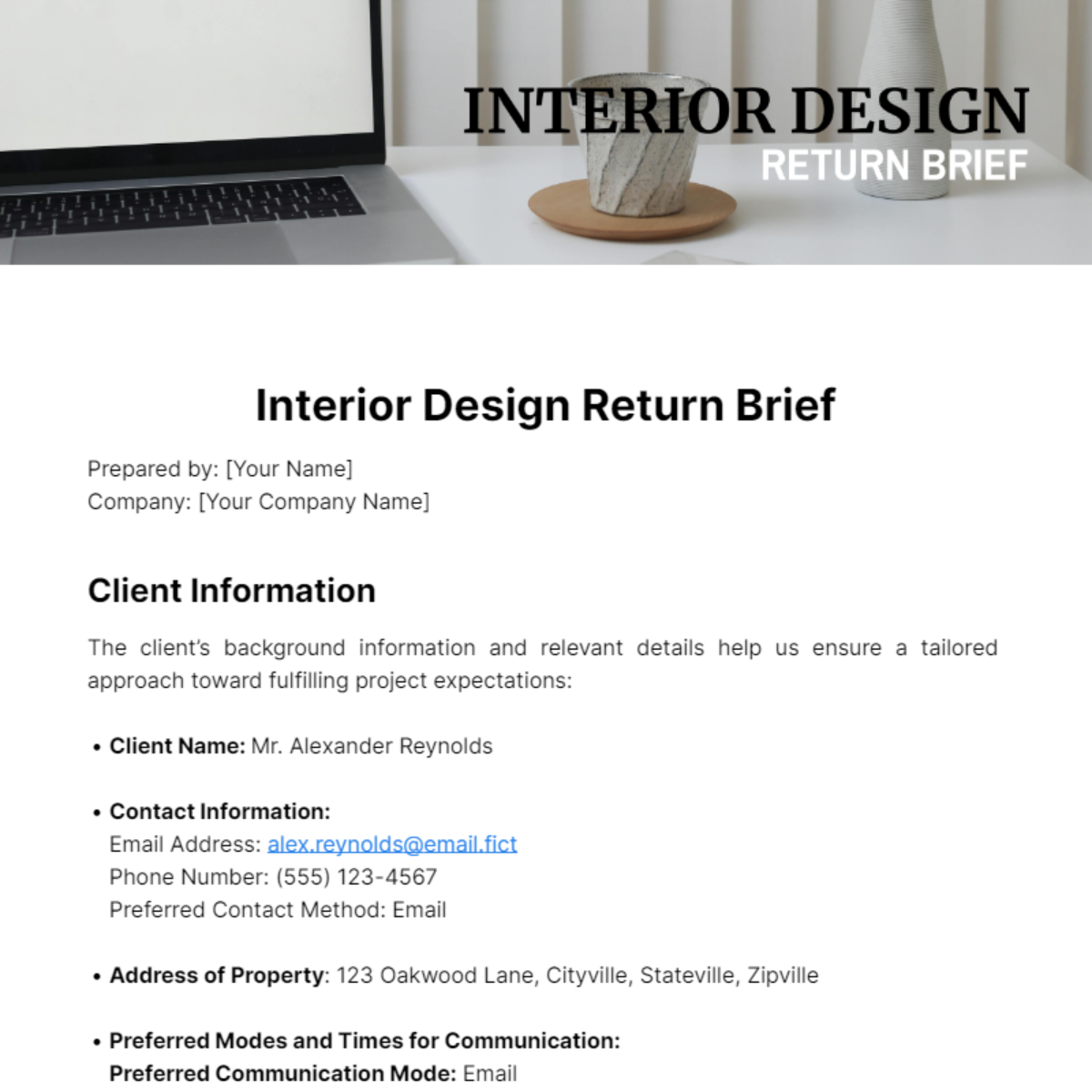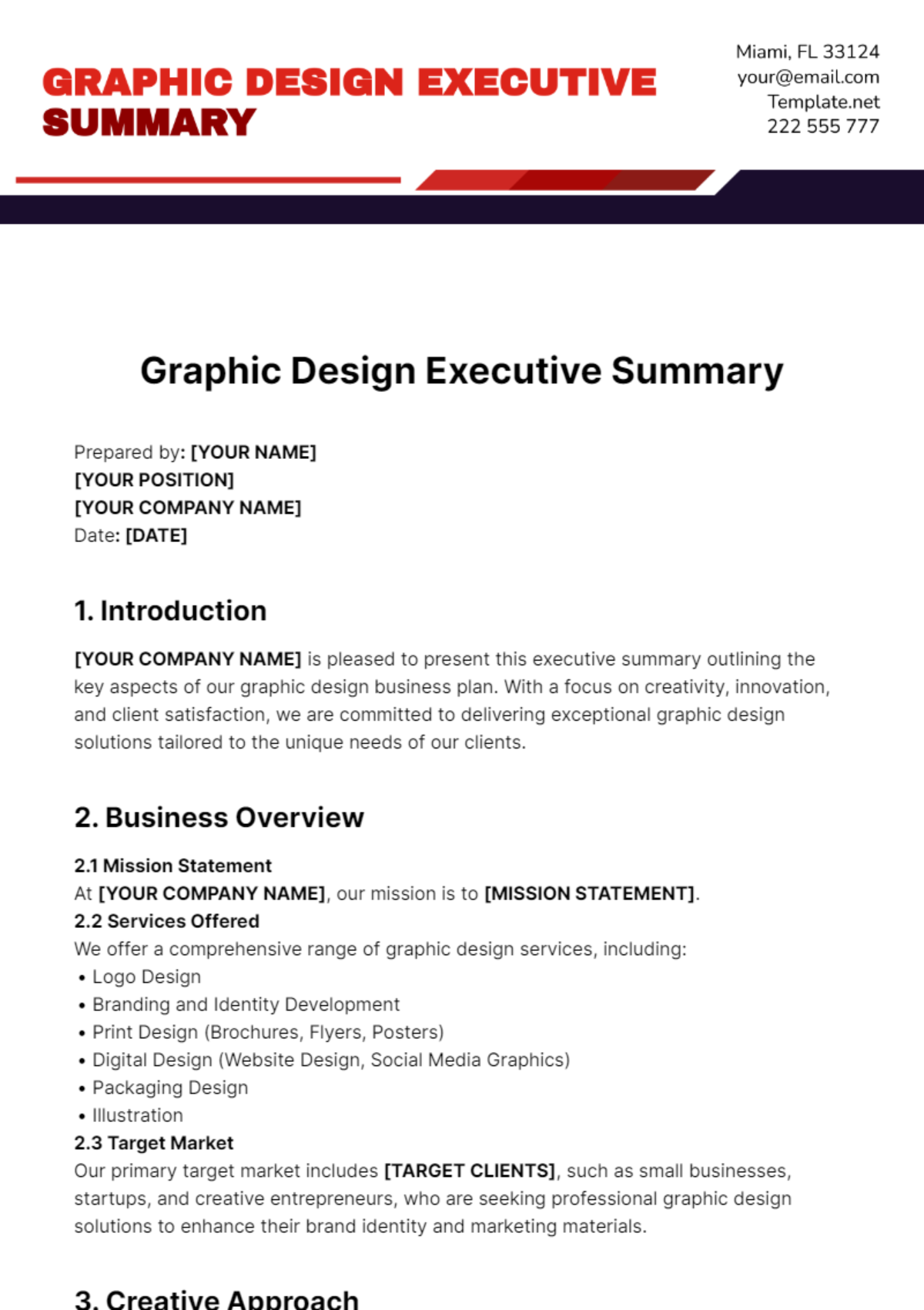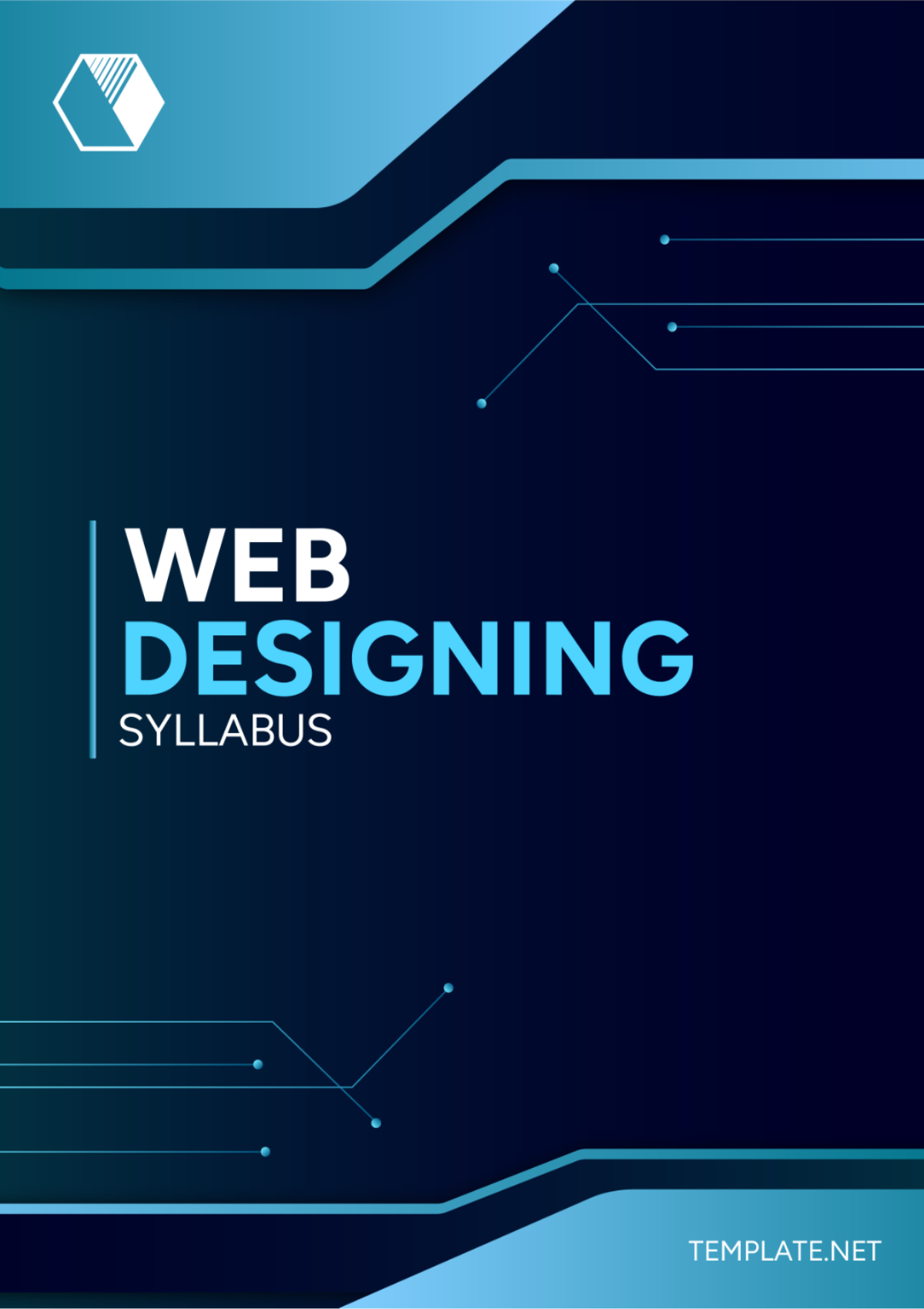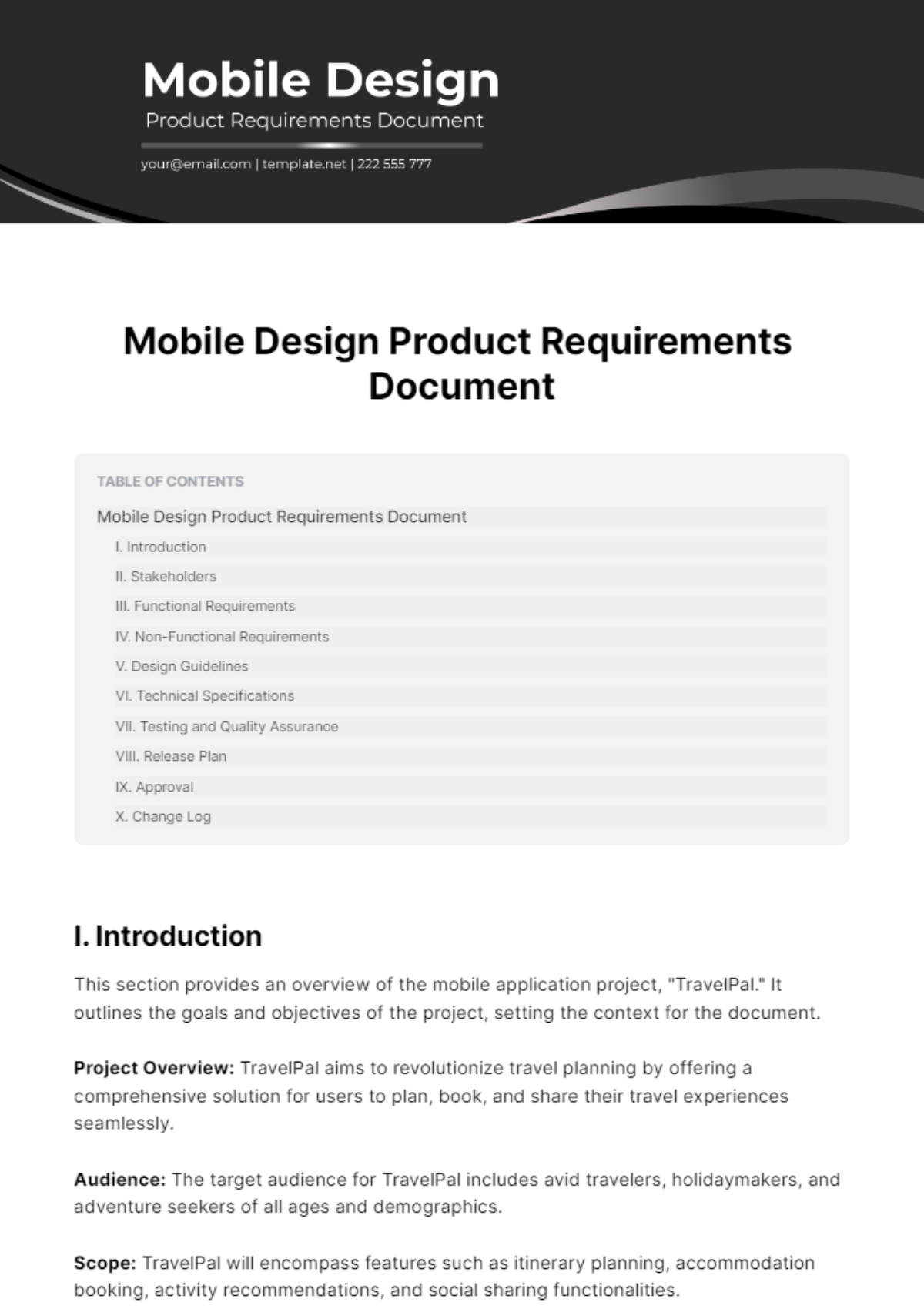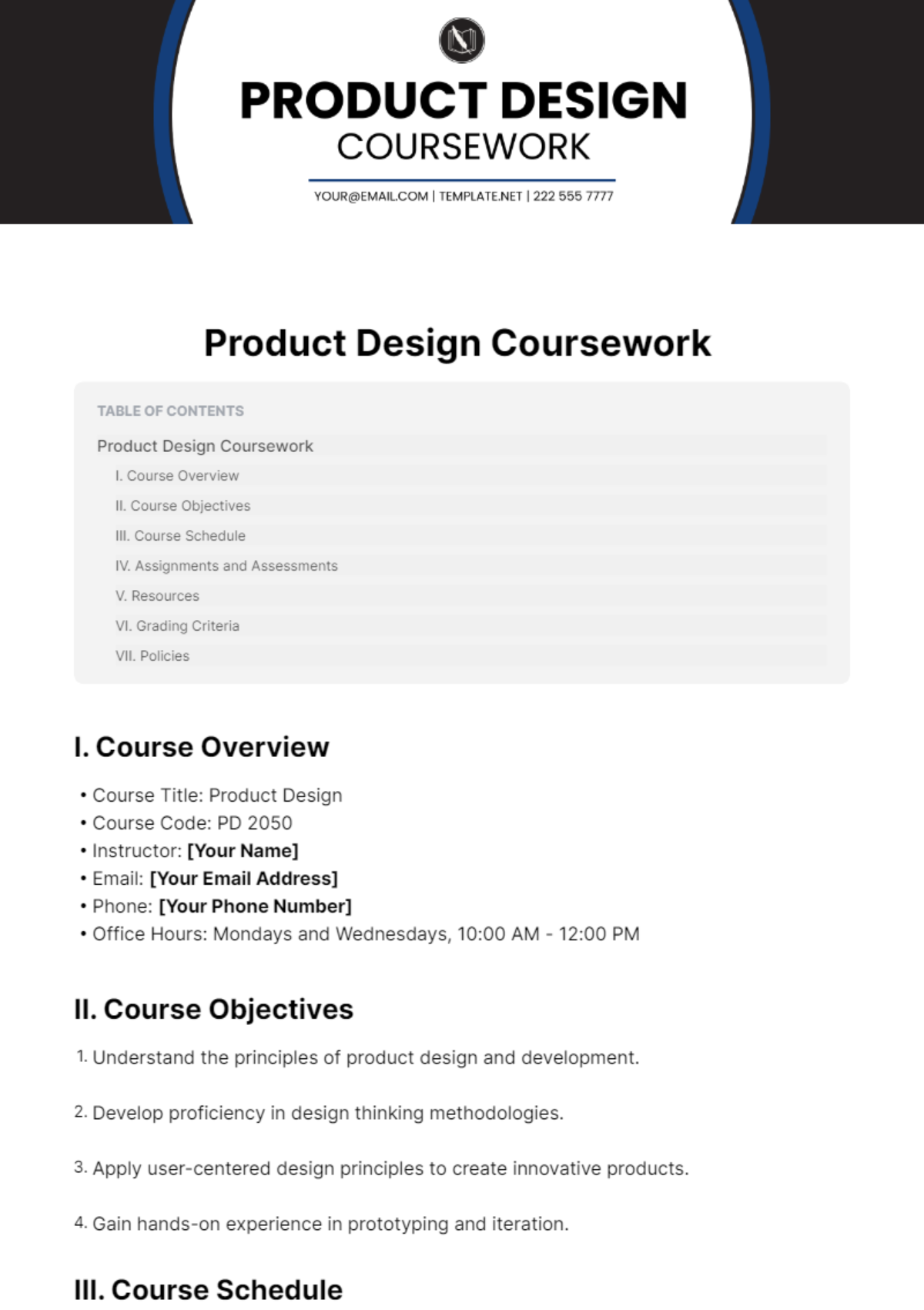Interior Design Style Guide
I. Introduction
Interior design is integral to shaping environments that are both aesthetically pleasing and functionally efficient. As we advance towards the year 2050, the fusion of innovative technologies, sustainable practices, and evolving material science is profoundly influencing interior design trends. This comprehensive guide by [Your Company Name] provides an in-depth exploration of contemporary design principles, offering detailed insights into creating spaces that are not only stylish and functional but also reflective of future-forward thinking. By adhering to the principles outlined in this guide, designers will be equipped to craft environments that resonate with both timeless elegance and cutting-edge innovation.
II. Design Philosophy
A. Harmonious Functionality
Creating spaces that are both visually stunning and practically efficient is crucial for contemporary design. Every element in a space must serve a dual purpose: to contribute to the overall aesthetic while enhancing the room's functionality.
Balance and Symmetry
Symmetry in design involves arranging elements so that they mirror each other on either side of a central axis. This can create a sense of order and tranquility. For instance, symmetrical arrangements of artwork or lighting fixtures help anchor a room and provide visual balance.
Asymmetry, while seemingly irregular, can also achieve balance through the strategic placement of design elements to create visual interest and movement. This technique can be particularly effective in creating dynamic focal points, such as an asymmetrically placed sculpture or light fixture.
Zoning for Multi-Functional Spaces
Modern living spaces often need to accommodate multiple functions, such as combining a living area with a workspace or dining area. Effective zoning involves using various design techniques to delineate these areas while maintaining a cohesive look.
Techniques such as the use of area rugs, different lighting schemes, and movable partitions can help define distinct zones within an open-plan layout. For example, a sleek glass partition might separate a home office from the main living area without obstructing light or flow.
B. Sustainable and Eco-Friendly Design
Sustainability is an essential consideration in modern interior design. The impact of design choices on the environment and human health is increasingly scrutinized, making eco-friendly practices a priority.
Energy-Efficient Fixtures
Energy-efficient lighting and appliances reduce energy consumption and lower utility costs, aligning with a broader commitment to environmental responsibility. Advanced LED technology not only provides high-quality illumination but also offers features like adjustable color temperatures and smart connectivity.
The integration of smart home systems allows for the automation of lighting and climate control, optimizing energy use based on occupancy patterns and environmental conditions.
Environmentally Responsible Materials
Using materials with minimal environmental impact is crucial. For instance, bamboo and reclaimed wood are popular choices due to their rapid renewability and lower carbon footprint. These materials also add a natural, organic element to the design.
The inclusion of biophilic elements, such as living walls or indoor gardens, enhances air quality and creates a calming atmosphere. Incorporating recycled glass or upcycled textiles into design elements further supports sustainability goals.
III. Design Styles
In the year 2050, a variety of design styles coexist, reflecting the diversity of tastes and technological advancements. [Your Company Name] highlights several key styles that are poised to define contemporary interiors.
A. Modern Minimalism
Characteristics
Modern minimalism emphasizes simplicity and the elimination of unnecessary elements. The focus is on clean lines, uncluttered spaces, and a restrained color palette. The idea is to create a serene environment by reducing visual noise.
Technology is seamlessly integrated into minimalist designs, with features like retractable screens, built-in wireless charging surfaces, and smart home systems being subtly incorporated to maintain the aesthetic’s purity.
Material Selection
Materials such as matte finishes, polished concrete, and smooth natural stone are commonly used to achieve the minimalist look. These materials contribute to a sense of calm and simplicity.
The use of textures is deliberate, with contrasting elements like a soft wool rug on a sleek concrete floor adding warmth and depth without disrupting the minimalist ethos.
B. Industrial Chic
Characteristics
Industrial chic design combines the raw, unfinished look of industrial spaces with modern comforts and style. Exposed structural elements, such as brick walls and metal beams, are celebrated rather than concealed.
This style often features large, open spaces with high ceilings and expansive windows, creating a sense of grandeur and flexibility. Furniture and decor pieces are typically vintage or industrial in origin, contributing to the overall aesthetic.
Material Selection
Key materials include weathered wood, steel, and concrete. These elements are often left in their natural, unrefined state to emphasize the industrial character.
Accessories such as factory lighting fixtures, reclaimed wood furniture, and vintage industrial artifacts enhance the authenticity and appeal of the space.
C. Futuristic High-Tech
Characteristics
Futuristic high-tech design focuses on integrating cutting-edge technology into the living environment. The design emphasizes sleek, high-tech surfaces and advanced functionality.
Spaces often feature smart walls that can change colors or patterns, furniture with embedded technology, and interfaces for controlling various aspects of the home environment.
Material Selection
Materials used in futuristic designs include high-gloss plastics, advanced composites, and reflective surfaces. These materials contribute to a high-tech look and enhance the perception of modernity and sophistication.
Solar panels and energy-harvesting materials are often incorporated into the design, blending seamlessly with the overall aesthetic while contributing to sustainability goals.
D. Scandinavian Warmth
Characteristics
Scandinavian design is known for its emphasis on comfort, simplicity, and functionality. The use of natural light, warm textiles, and a muted color palette creates a cozy, inviting atmosphere.
The design often includes elements that enhance comfort and well-being, such as ergonomic furniture, soft lighting, and natural materials.
Material Selection
Common materials include light woods like birch and pine, which bring warmth and a natural touch to the space. Textiles such as wool and cotton add softness and texture.
Ceramic and handmade items, such as artisanal pottery, contribute to the authenticity and charm of the Scandinavian aesthetic.
IV. Space Planning and Layout
A. Open Floor Plans
Open floor plans have become increasingly popular due to their versatility and ability to create a sense of spaciousness. This layout removes traditional barriers between rooms, allowing for a more fluid and adaptable living environment.
Benefits
Open floor plans enhance the flow of natural light and air throughout the space, making smaller areas feel larger and more connected.
The layout encourages social interaction and connectivity between different areas of the home, which is particularly valuable in family homes and modern offices.
Challenges
Managing privacy and noise can be challenging in open spaces. Incorporating elements such as acoustic panels, strategic furniture placement, and flexible partitions can address these concerns without disrupting the open feel.
It is essential to create distinct zones for different activities while maintaining a cohesive overall design. This can be achieved through the use of rugs, lighting, and color variations.
B. Room Proportions
The proportion and scale of furniture and design elements must be carefully considered to ensure that spaces are both functional and visually balanced.
Focal Points
Every room should have a focal point that draws the eye and anchors the space. This could be a piece of artwork, a statement piece of furniture, or an architectural feature such as a fireplace.
Focal points help to organize the space and guide the arrangement of other design elements, contributing to a sense of order and coherence.
Furniture Placement
Proper furniture placement is crucial for maintaining a functional and aesthetically pleasing layout. Ensure there is sufficient space for movement and that furniture pieces do not obstruct natural pathways.
Consideration should also be given to the scale of furniture in relation to the room size. Overly large or small furniture can disrupt the balance and functionality of the space.
C. Multi-Functional Spaces
As the demand for flexible living environments grows, multi-functional spaces are becoming more prevalent. These areas are designed to adapt to various needs and uses, making them ideal for modern lifestyles.
Modular Furniture
Modular furniture offers versatility and adaptability, allowing users to reconfigure pieces based on their current needs. Examples include modular sofas, extendable dining tables, and foldable beds.
This type of furniture is particularly useful in small spaces or in homes where rooms need to serve multiple functions.
Adaptive Lighting
Adaptive lighting systems can change in response to different activities and times of day. For example, lighting that adjusts from bright task lighting during the day to softer ambient lighting in the evening enhances comfort and functionality.
Smart lighting systems that can be controlled via apps or voice commands add an additional layer of convenience and personalization.
V. Lighting and Color Theory
A. Natural and Artificial Lighting
Lighting is a fundamental element in interior design, affecting both the functionality and mood of a space. A balanced approach to natural and artificial lighting creates a well-lit environment that enhances both aesthetics and usability.
Natural Lighting
Maximizing natural light involves strategic placement of windows, skylights, and light wells. This approach not only improves the ambiance of the space but also contributes to energy savings by reducing reliance on artificial lighting.
Design features such as light-reflective surfaces and open-plan layouts help distribute natural light throughout the room, enhancing the overall brightness and warmth.
Artificial Lighting
Modern artificial lighting solutions offer greater flexibility and control. Options such as dimmable LED fixtures, color-changing bulbs, and smart lighting systems allow for customized lighting experiences.
Layered lighting, including ambient, task, and accent lighting, provides a comprehensive approach to illumination. Each layer serves a specific purpose, from general illumination to highlighting design features.
B. Color Schemes
Color is a powerful tool in interior design, influencing both the emotional atmosphere and perceived space of a room. The use of color schemes should be carefully considered to achieve the desired effect.
Neutral Palettes
Neutral colors such as white, beige, and grey serve as a versatile foundation for various design styles. They provide a backdrop that allows other colors and design elements to stand out.
These palettes also contribute to a sense of calm and order, making them ideal for spaces where relaxation and tranquility are prioritized.
Bold Accents
Incorporating bold accent colors adds vibrancy and interest to a space. Colors such as deep blues, emerald greens, and rich burgundies can be used in smaller doses to create focal points and add personality.
Accent colors can be introduced through accessories such as cushions, artwork, and rugs, allowing for easy updates to the design without overwhelming the overall aesthetic.
Technology-Enhanced Colors
Advances in paint technology now offer dynamic color-changing options that respond to environmental conditions or user preferences. These paints can shift hues based on temperature or light levels, providing a unique and interactive design element.
Color-changing LEDs and smart lighting systems further enhance the ability to create different moods and effects through color.
VI. Materials and Textures
A. Sustainable Materials
Sustainability in material selection is increasingly important as designers and consumers become more conscious of environmental impact. The choice of materials can significantly influence a project’s ecological footprint.
Recycled Wood and Metal
Reclaimed and recycled materials not only reduce waste but also add character and history to the design. Recycled metal and wood can be used in various applications, from flooring to furniture.
These materials often have unique textures and finishes that contribute to a distinctive and environmentally friendly design aesthetic.
Biodegradable Plastics
Innovations in biodegradable plastics offer a sustainable alternative to traditional plastics. These materials break down naturally over time, minimizing environmental impact.
Biodegradable plastics can be used in a variety of applications, including furniture, decor, and packaging, aligning with a commitment to reducing plastic waste.
B. Textures
Texture plays a crucial role in adding depth and interest to a space. A thoughtful combination of textures enhances the tactile experience and visual appeal of the environment.
Smooth Surfaces
Smooth surfaces such as glass, polished stone, and high-gloss finishes create a sleek and modern look. These materials reflect light and contribute to a contemporary aesthetic.
The use of smooth surfaces should be balanced with other textures to avoid a sterile or cold appearance.
Soft and Textured Fabrics
Incorporating soft fabrics such as wool, velvet, and linen adds warmth and comfort to the space. These textures create a cozy atmosphere and invite physical interaction.
Textured elements like woven rugs, upholstered furniture, and tactile wall coverings provide visual and sensory contrast to smoother surfaces.
VII. Furniture and Accessories
A. Smart Furniture
The integration of technology into furniture design has transformed the way we interact with our living environments. Smart furniture combines functionality with advanced technology to enhance user experience.
Integrated Technology
Modern furniture often includes built-in technology such as wireless charging stations, USB ports, and smart controls. These features provide convenience and streamline the user experience.
Furniture can also incorporate technology such as adjustable seating positions, built-in speakers, and climate control functions, enhancing comfort and functionality.
Ergonomics
Ergonomically designed furniture prioritizes user comfort and health. Features such as adjustable height desks, lumbar support chairs, and ergonomic mattresses are essential for promoting well-being.
The design of ergonomic furniture takes into account factors such as posture, movement, and support, ensuring that it meets the needs of users in various settings.
B. Decorative Elements
Decorative elements play a significant role in personalizing and enhancing the design of a space. They should complement the overall design while adding individuality and character.
Art and Sculptures
Art and sculptures serve as focal points and can define the character of a room. Selecting pieces that resonate with the overall design theme helps create a cohesive and visually engaging environment.
Consideration should be given to the scale and placement of artwork to ensure it complements the room’s proportions and enhances its aesthetic appeal.
Greenery
Incorporating plants and greenery into interior design brings a touch of nature indoors. Indoor plants improve air quality and contribute to a sense of well-being and tranquility.
The choice of plants should consider factors such as light levels, space constraints, and maintenance requirements to ensure they thrive in the given environment.







